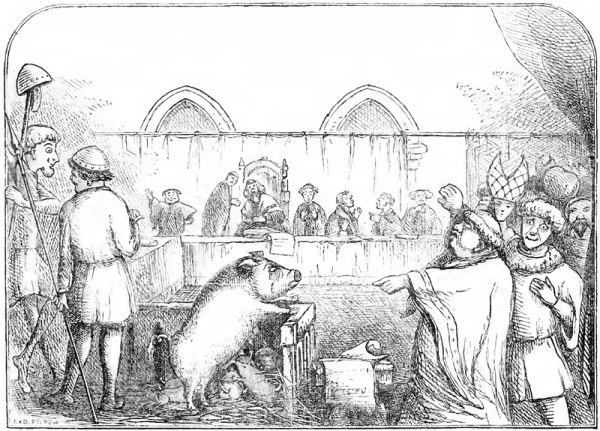Most complaints against smaller animals leveled for infestation or destruction of crops ended up in some sort of excommunication from the church, or official ecclesiastical denouncement. Evans explains that this was largely done as an effort to make people feel better about exterminating them. Since even weevils, slugs, rats, and such were considered God’s creatures, the devastation they inflicted was likely part of his plan, so to just destroy them would be to act against God’s will and creatures. Of course if they were tried in a church court, and excommunicated (or condemned in the case of animals and insects), that could mitigate guilt.Atlas Obscura gets down to the details of animal trials, and why they were a thing in the Middle Ages.
Welcome to ...
The place where the world comes together in honesty and mirth.
Windmills Tilted, Scared Cows Butchered, Lies Skewered on the Lance of Reality ... or something to that effect.
Windmills Tilted, Scared Cows Butchered, Lies Skewered on the Lance of Reality ... or something to that effect.
Friday, August 14, 2015
The Truth and Myth Behind Animal Trials in the Middle Ages
You’ve
heard of villagers in Europe putting pigs or goats on trial in the
Middle Ages. It turns out that a lot of those stories were made up out
of whole cloth for one reason or another. Yet some are true, although
the details are few. What were they thinking? Did people back then
really think that livestock were capable of guilt or understood the
proceedings of a trial? Ah, no. Beasts accused of murder were sometimes
sentenced to death after a fact-finding trial. Others were prosecuted as
a species, but that was often in ecclesiastical court.
Subscribe to:
Post Comments (Atom)


No comments:
Post a Comment